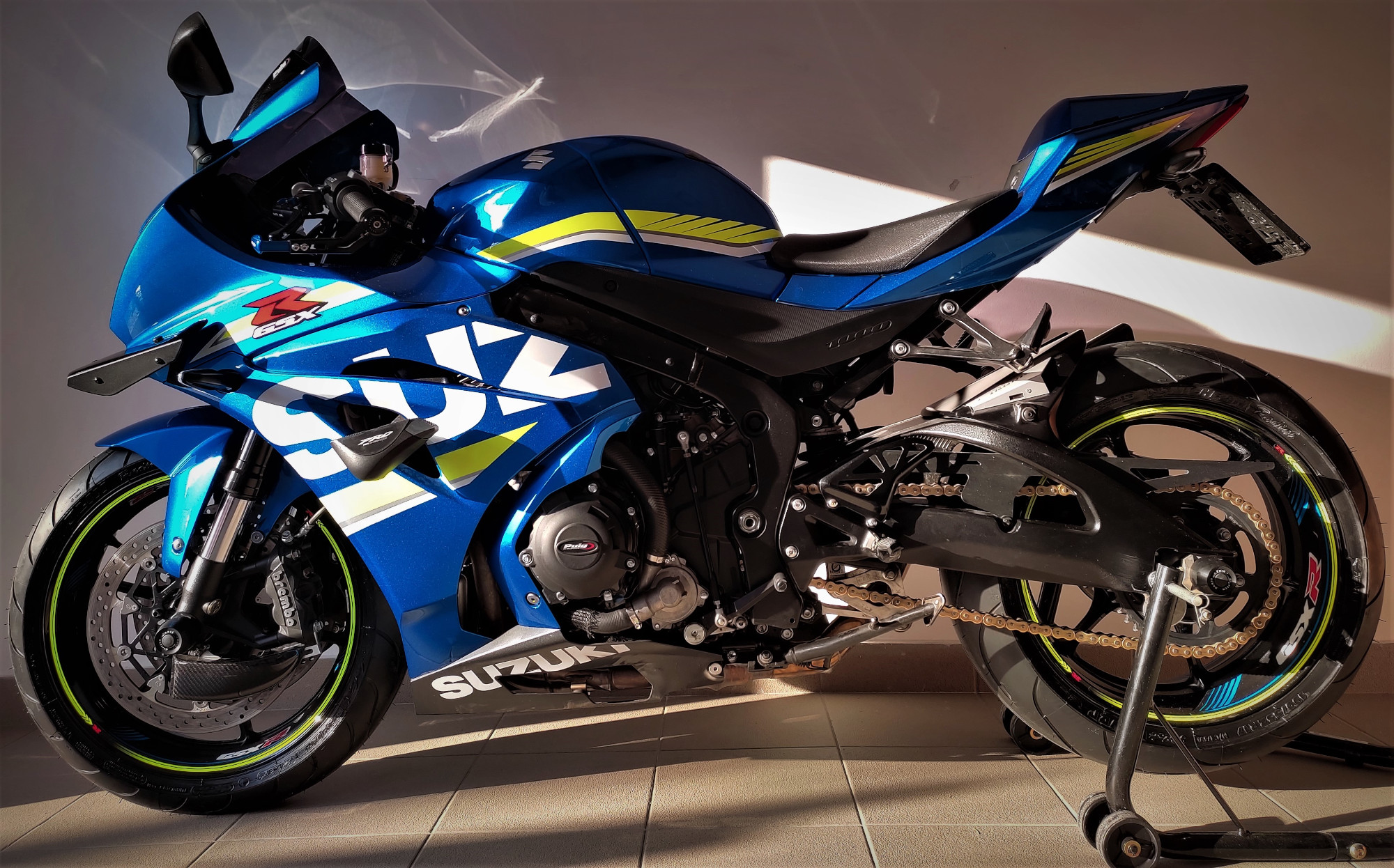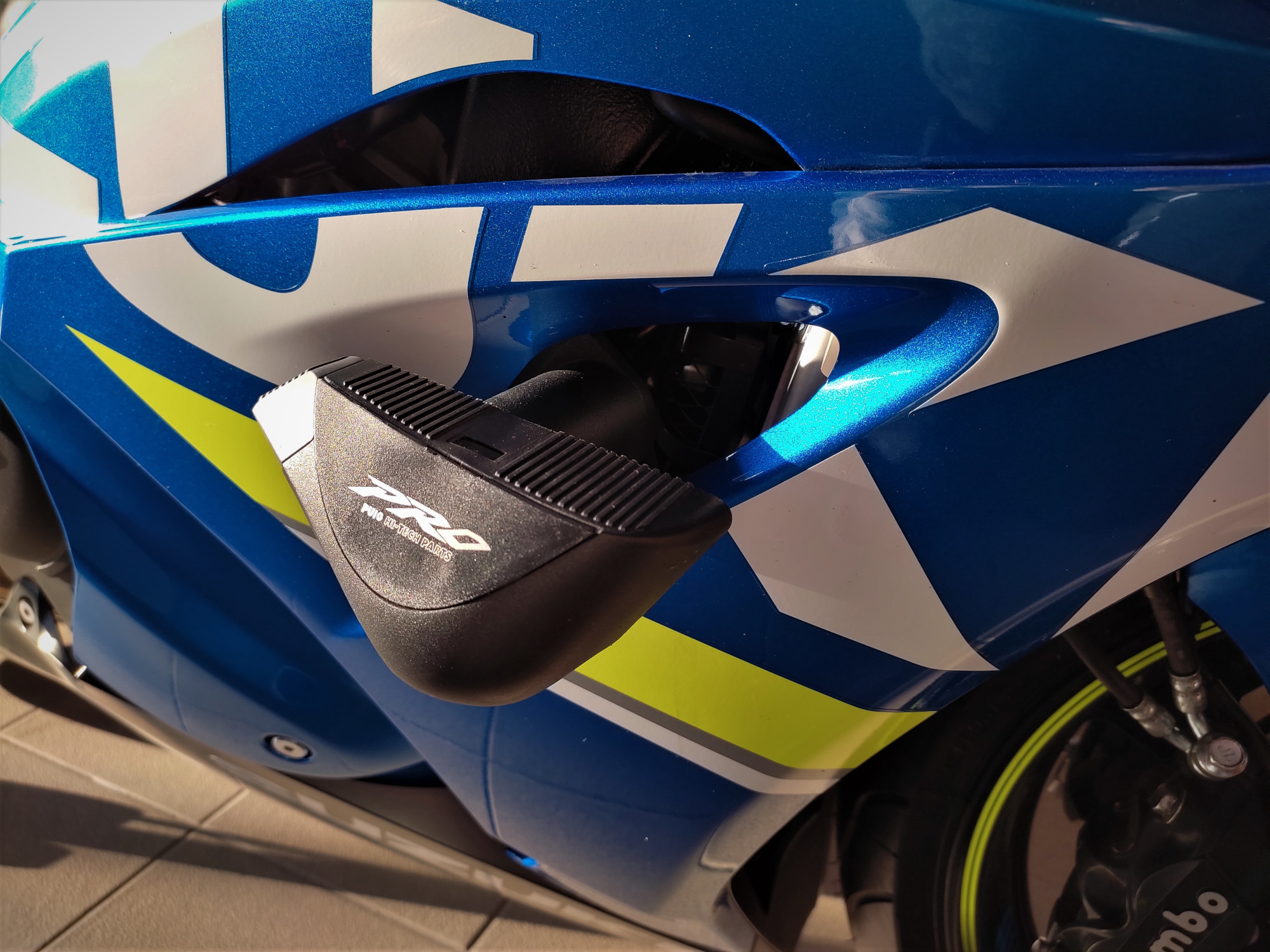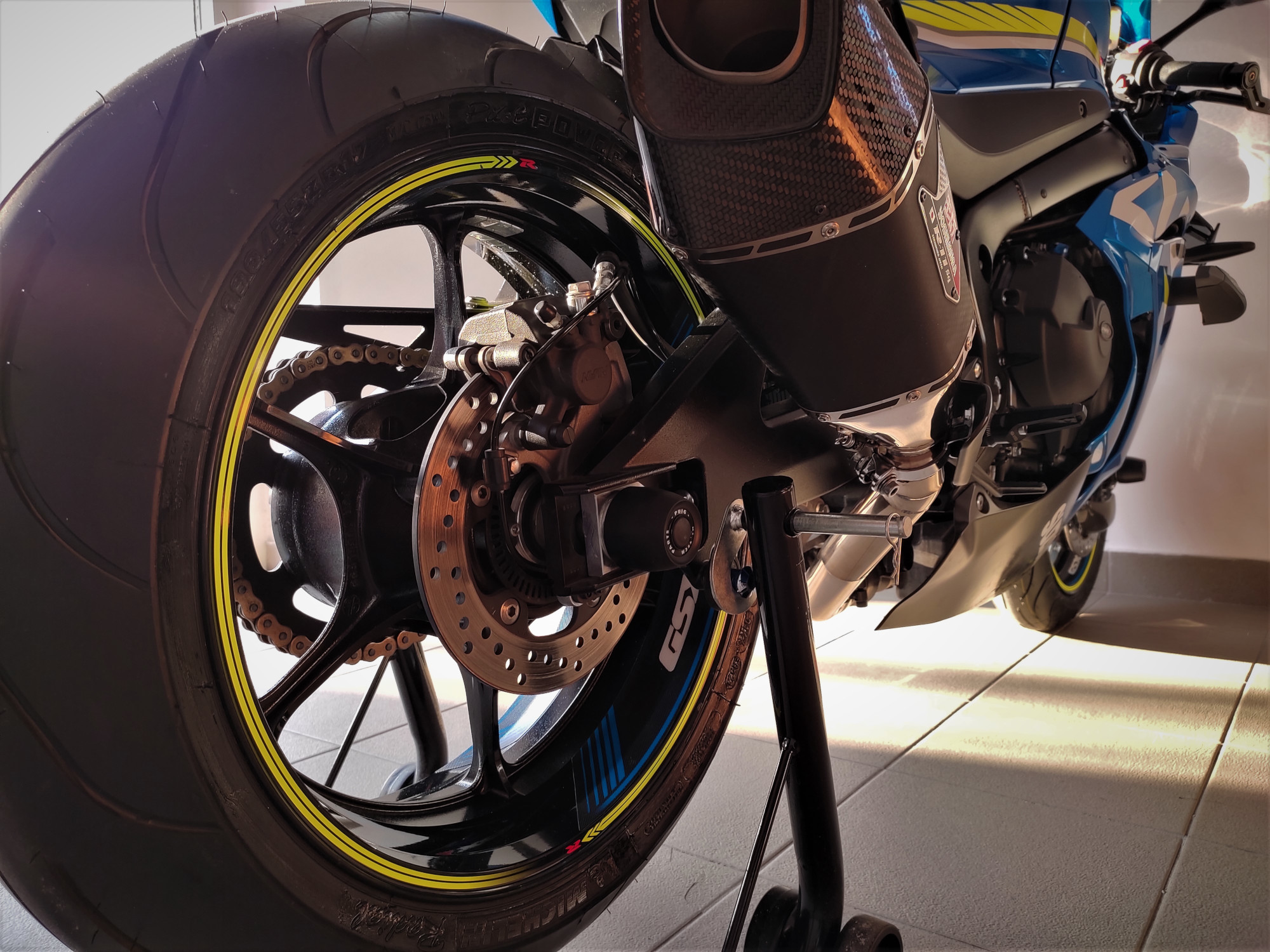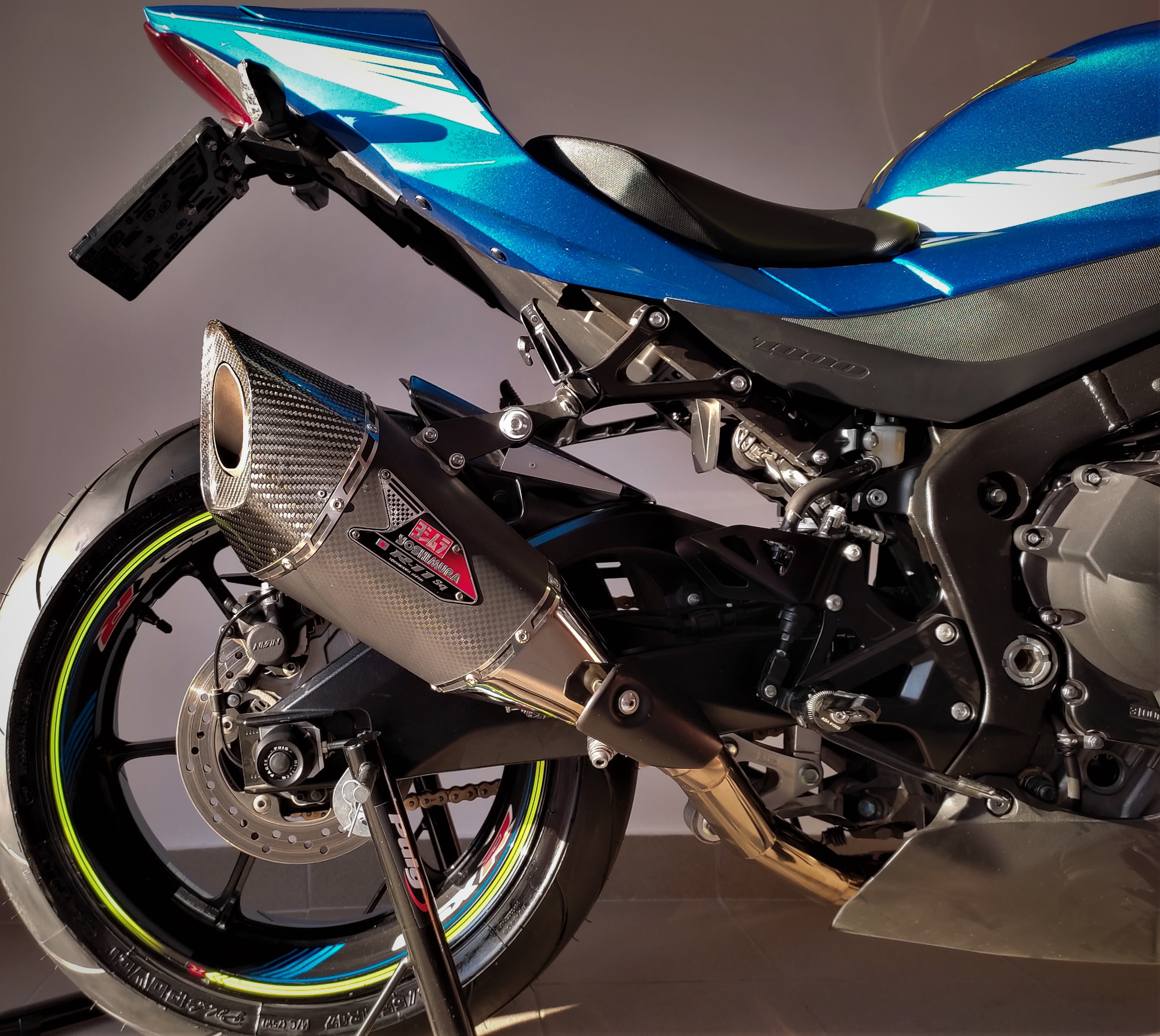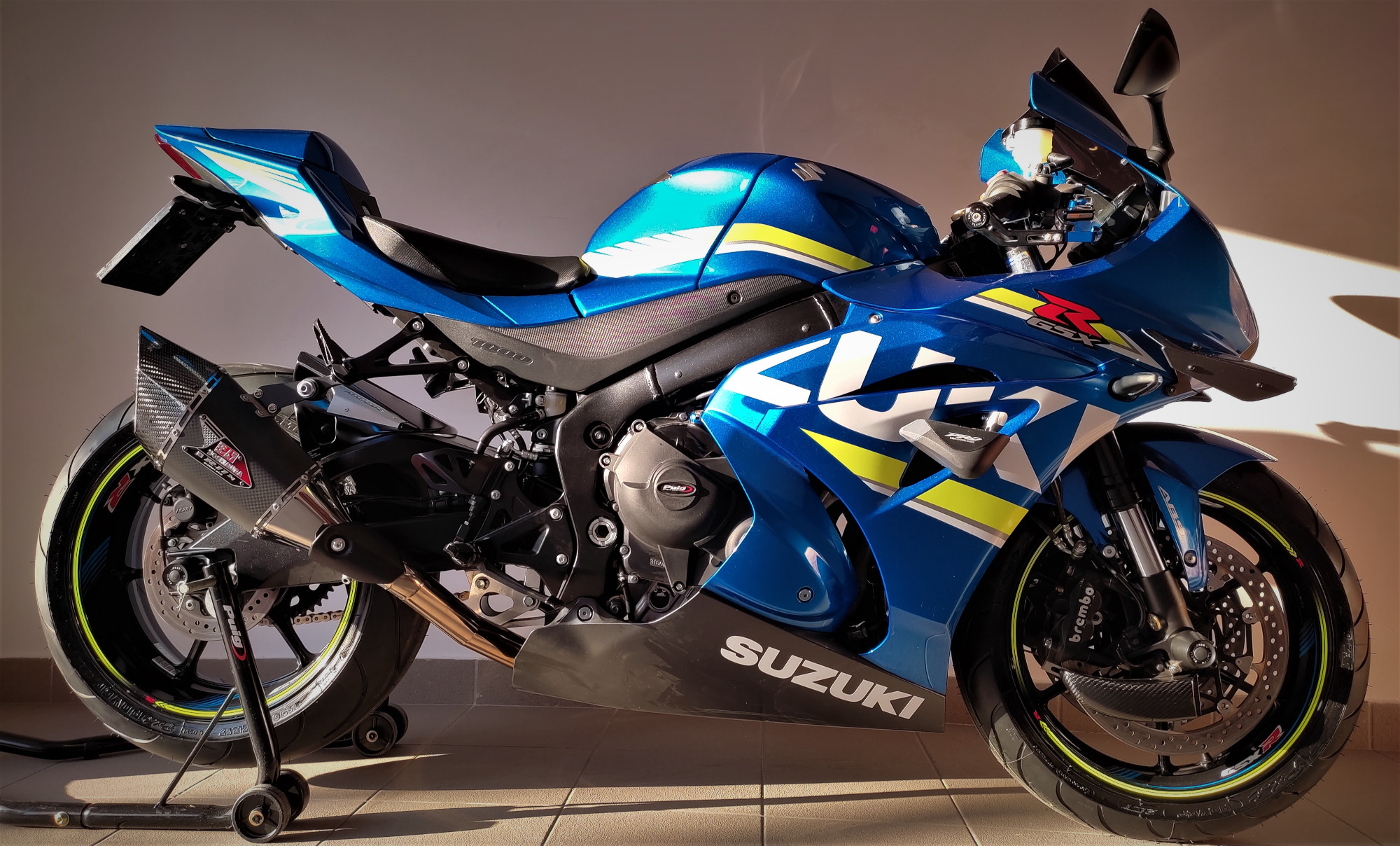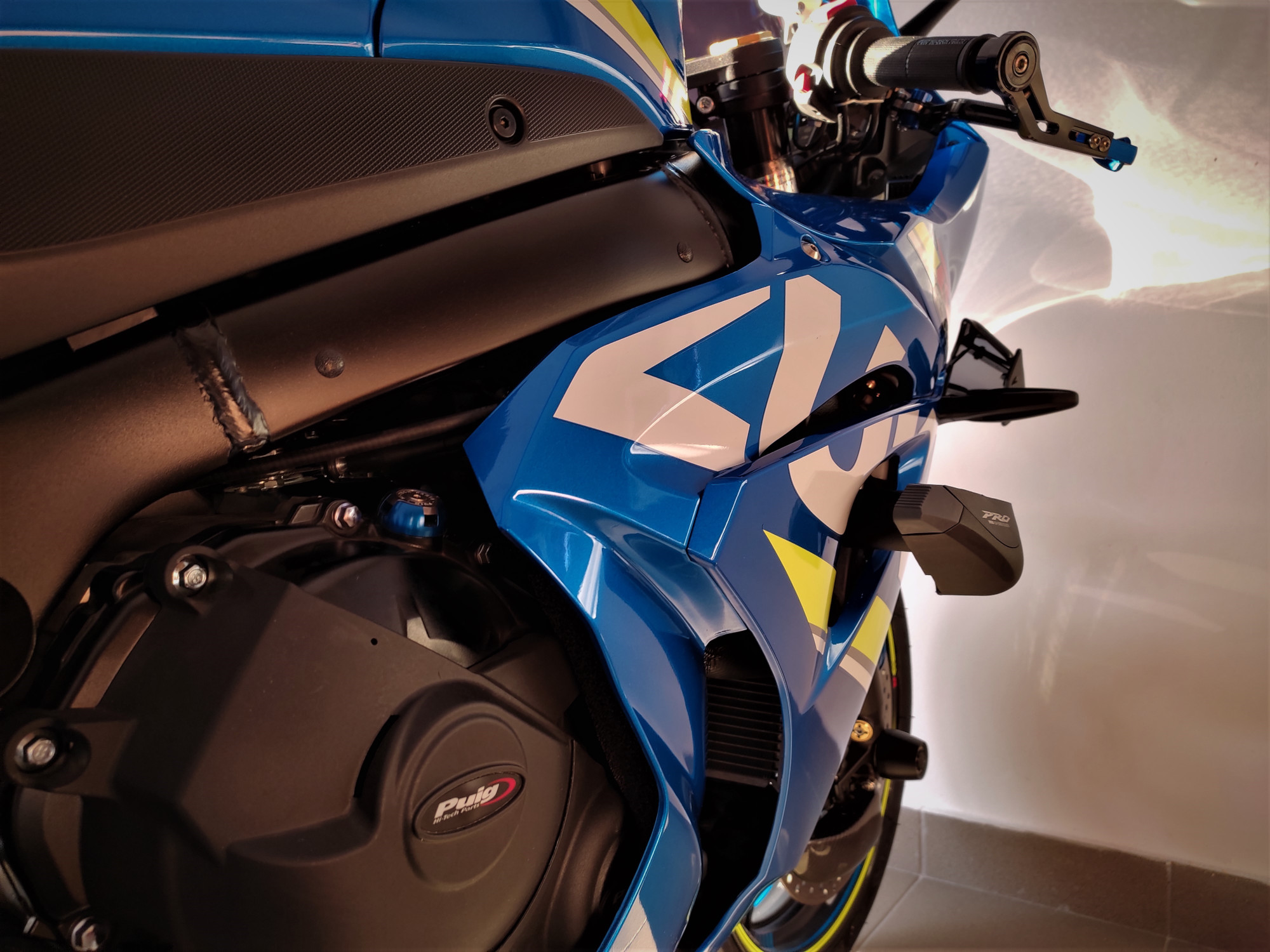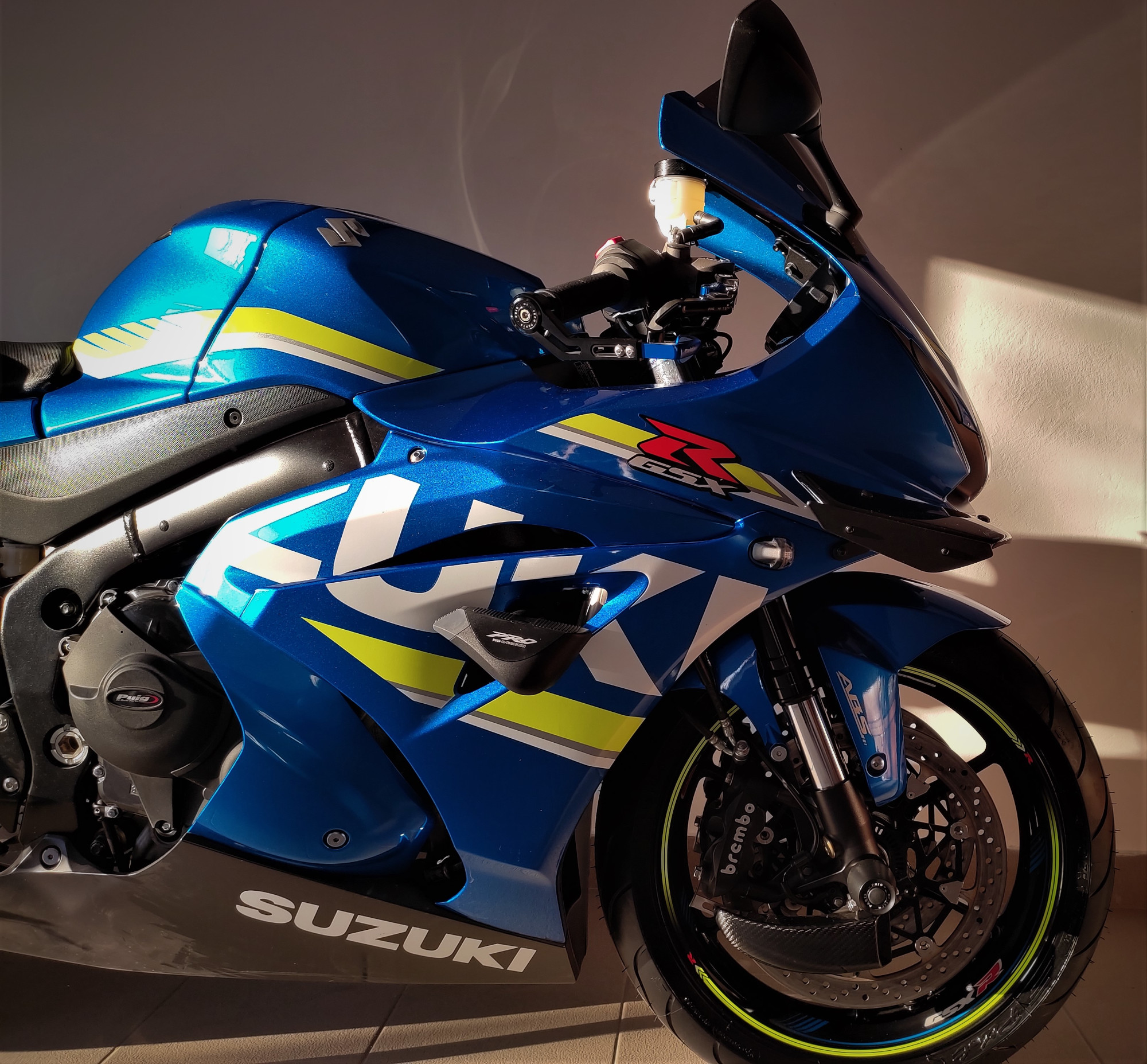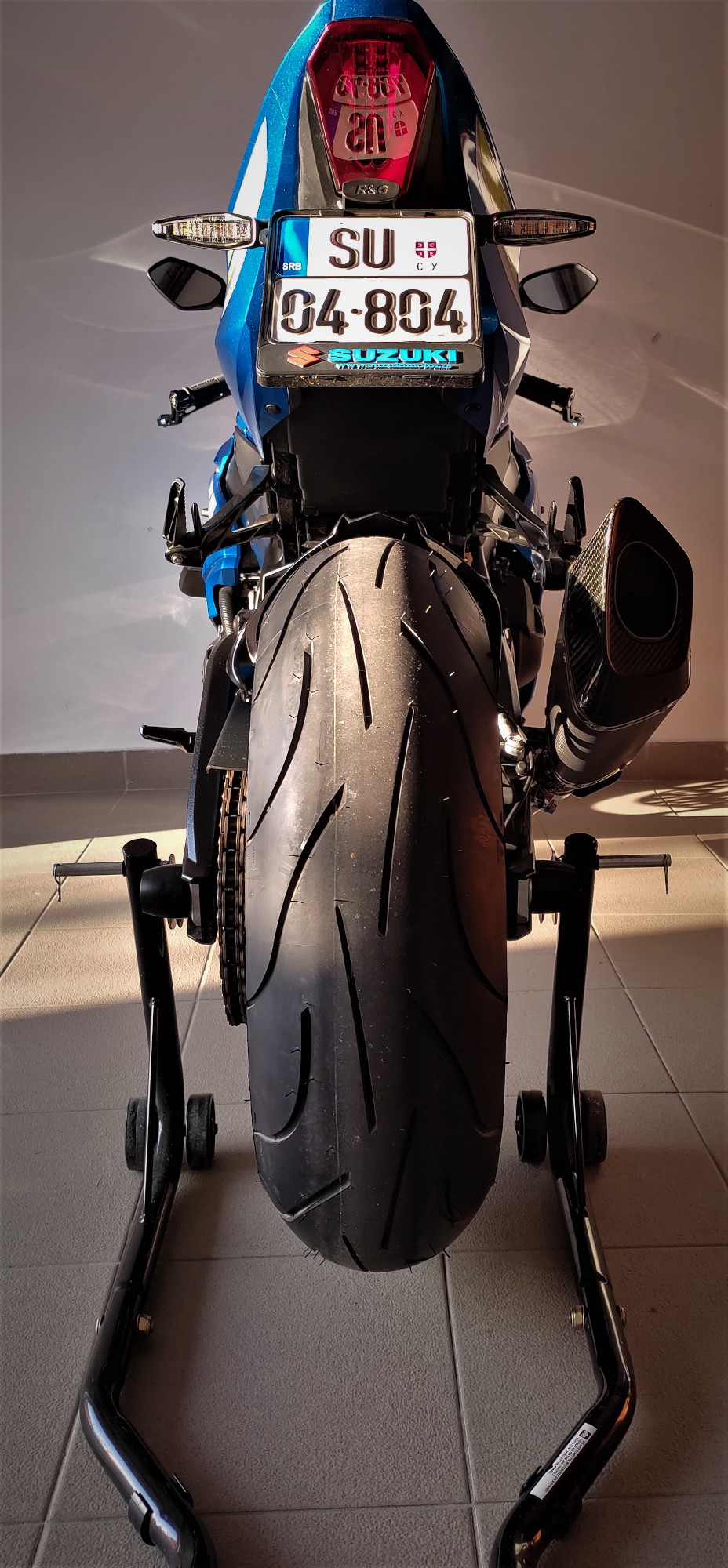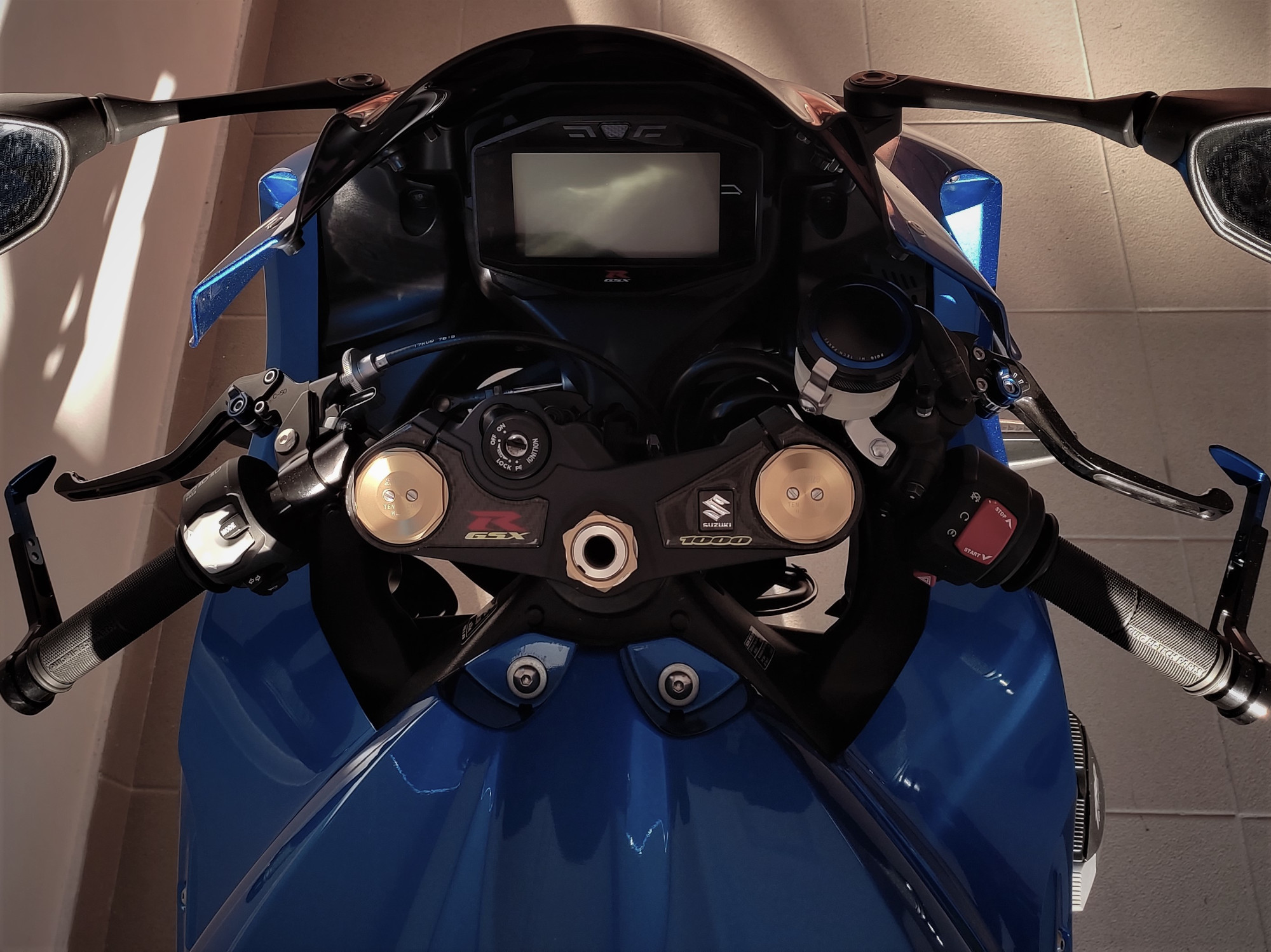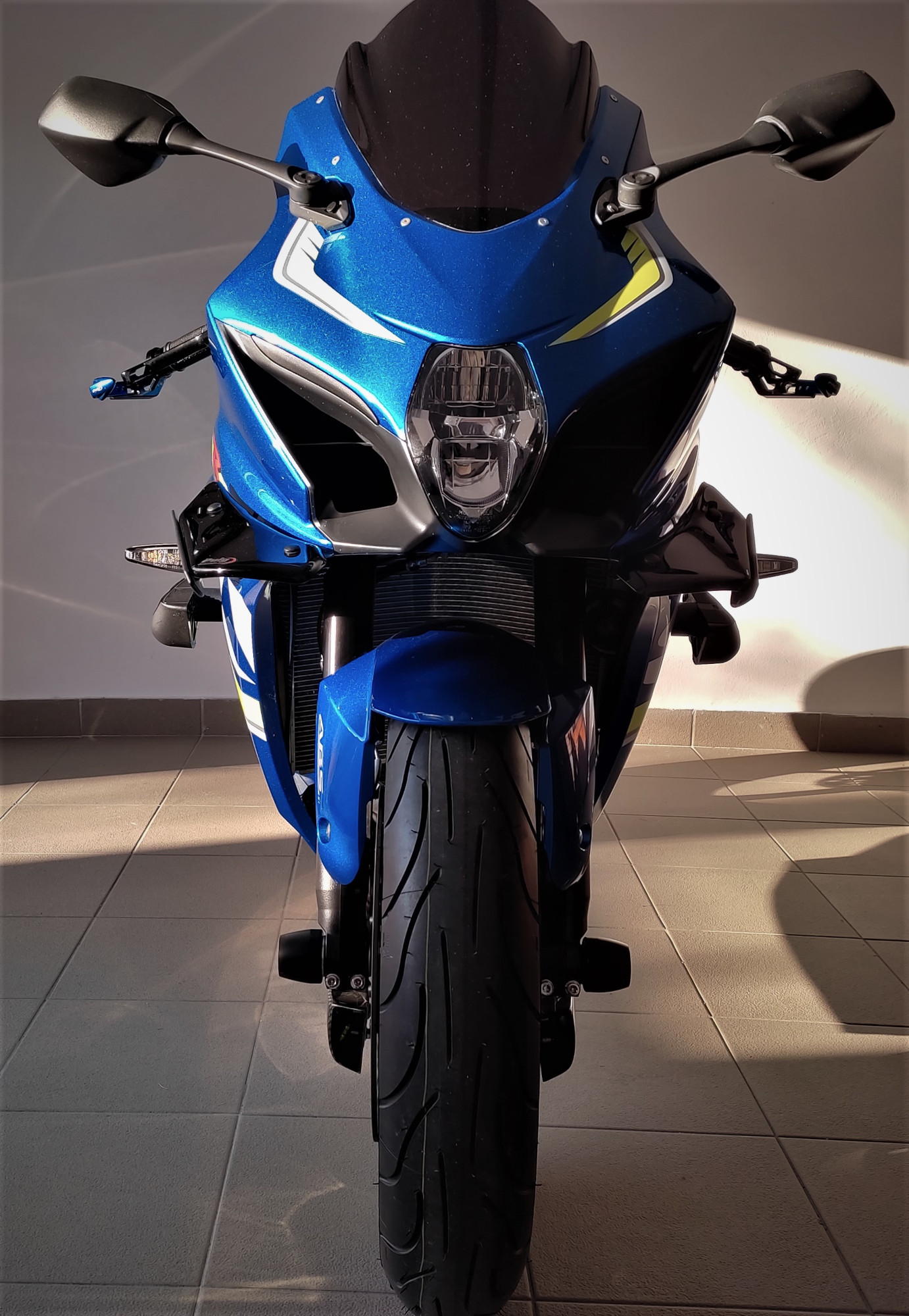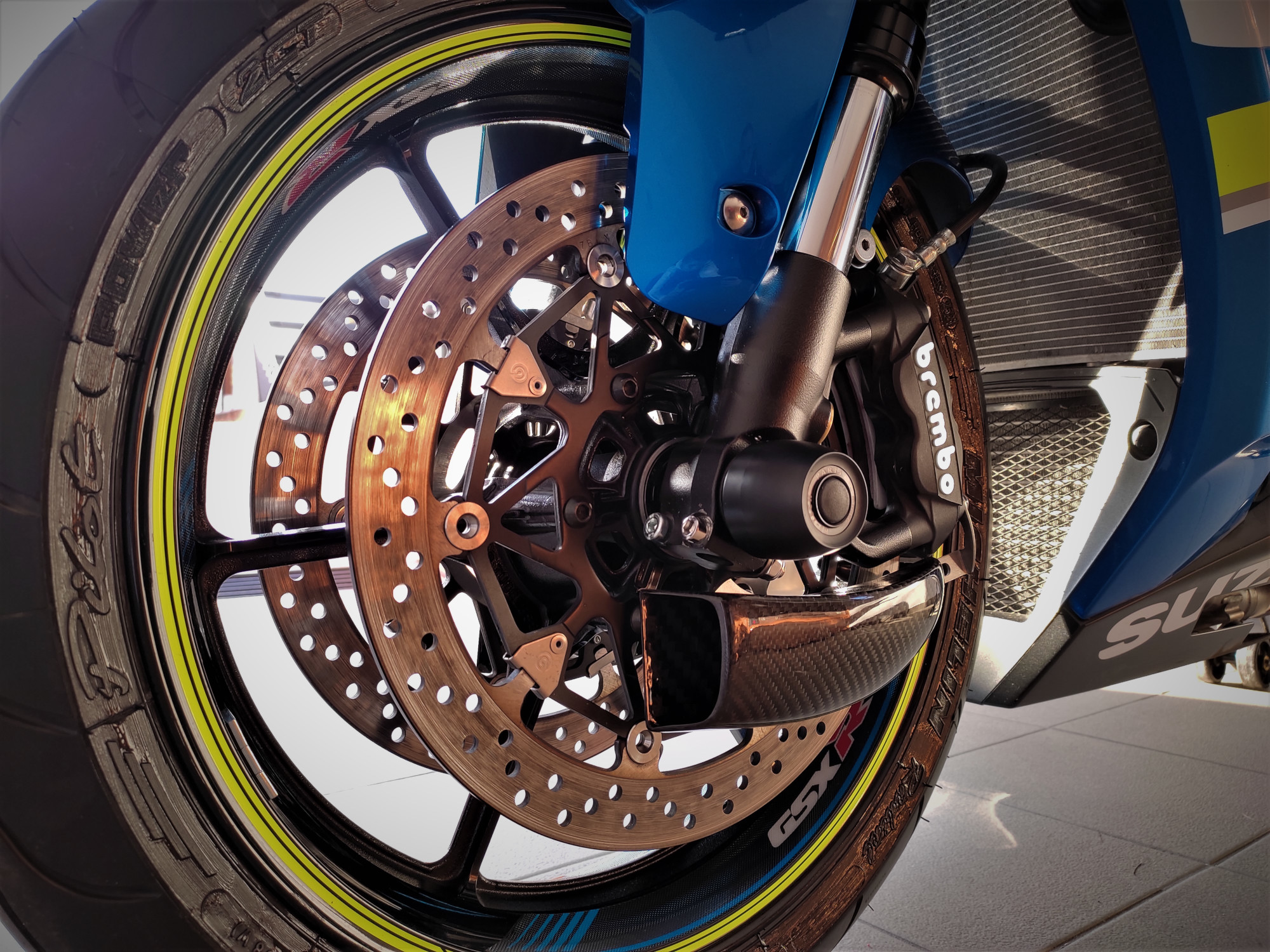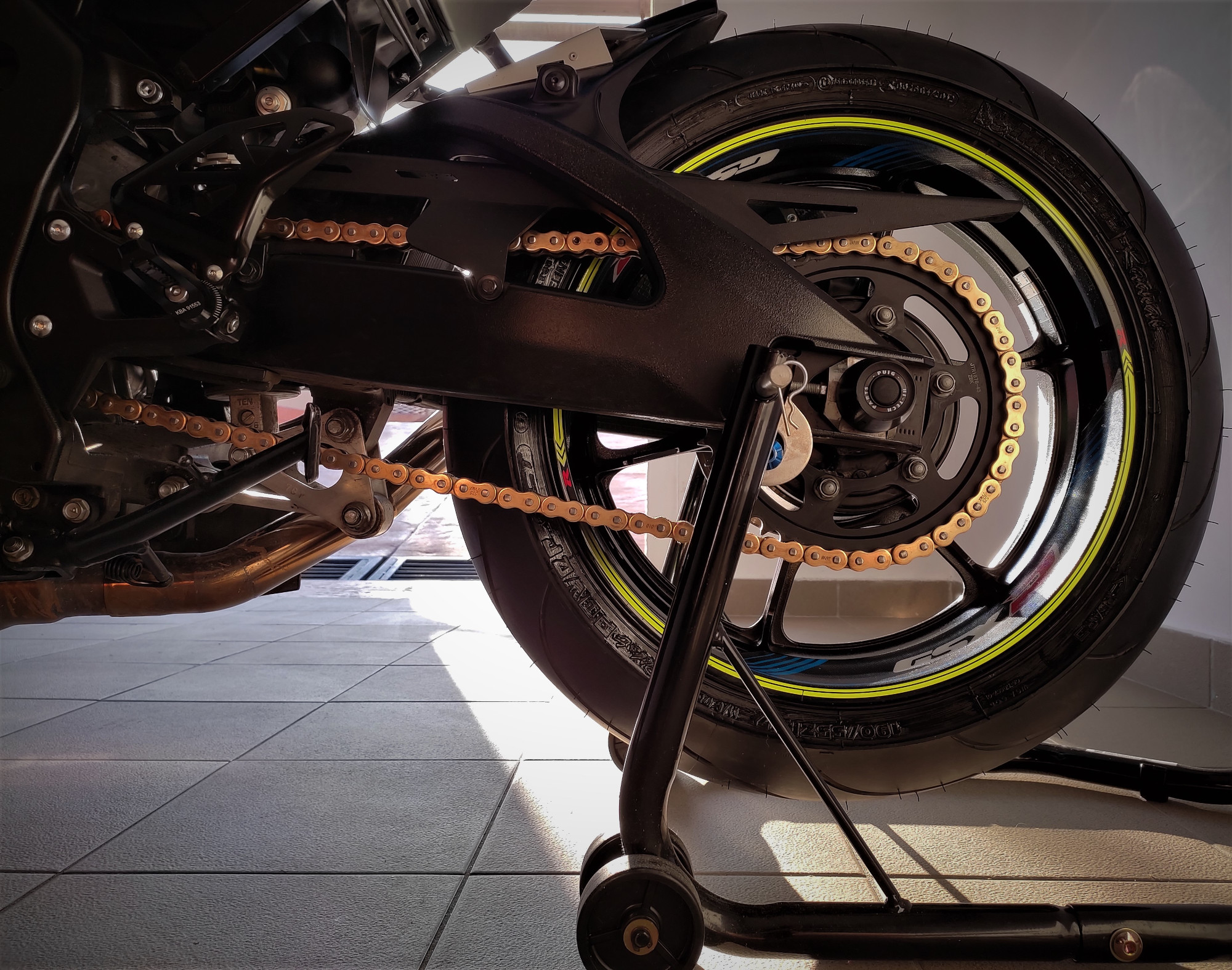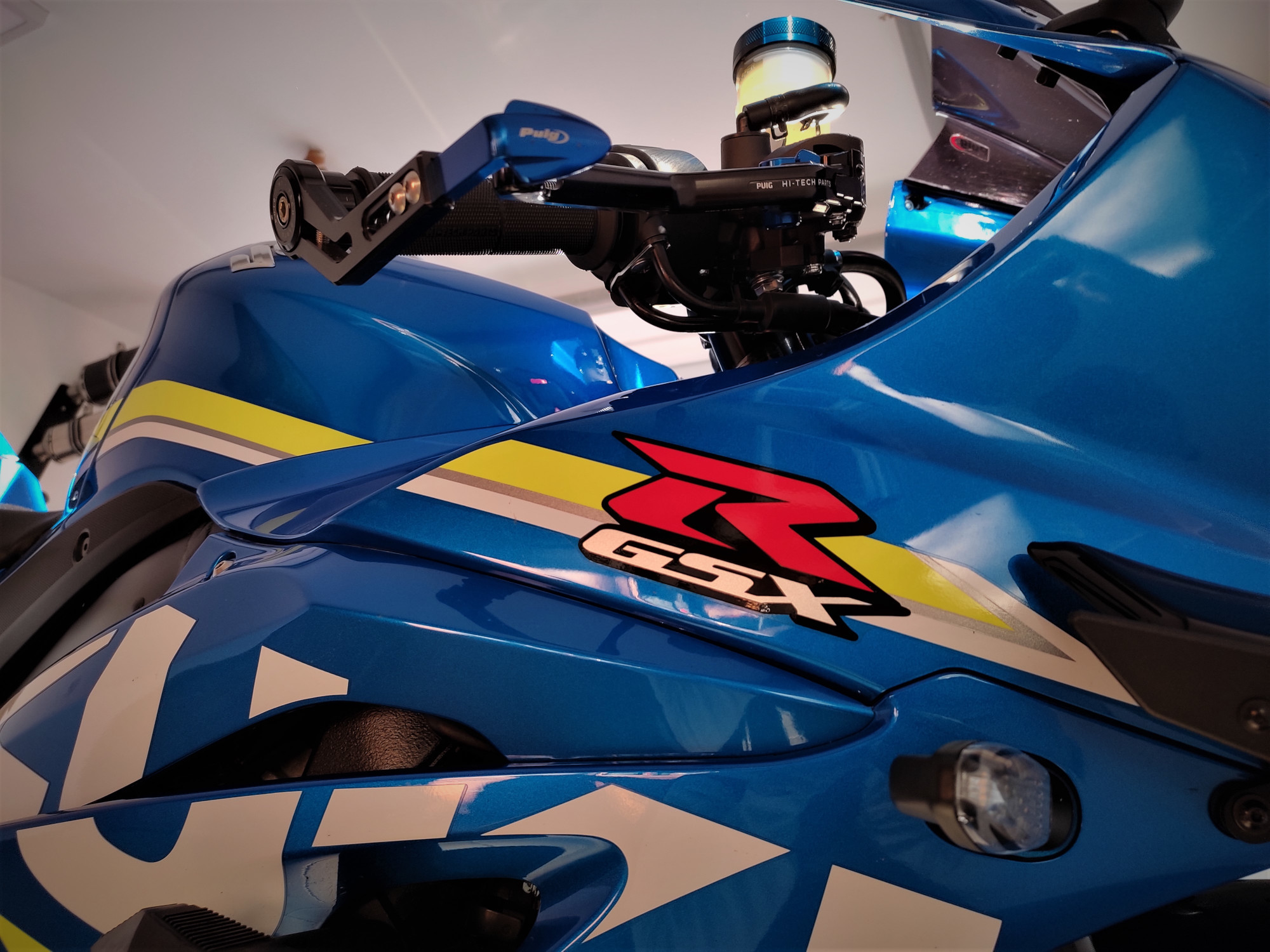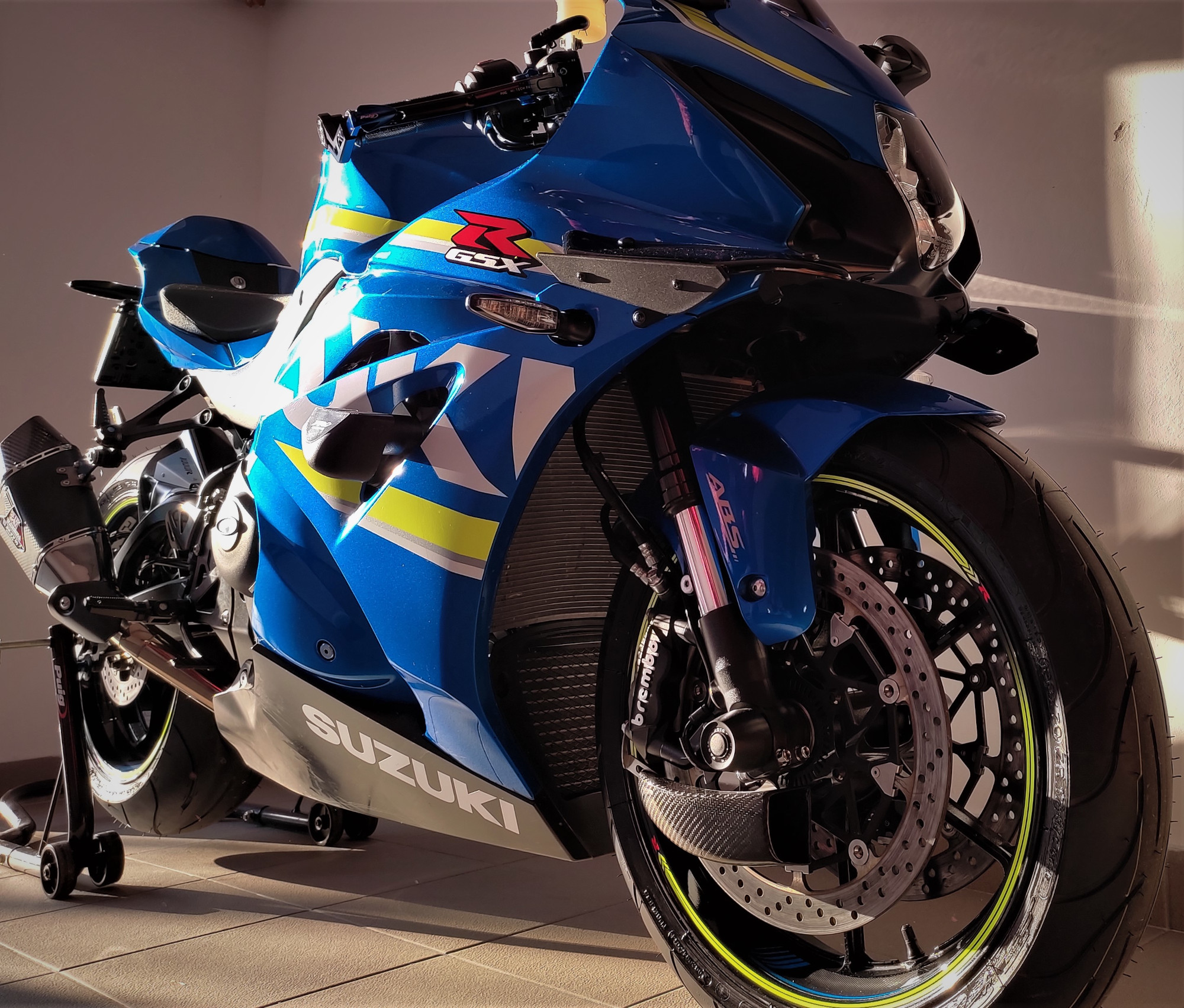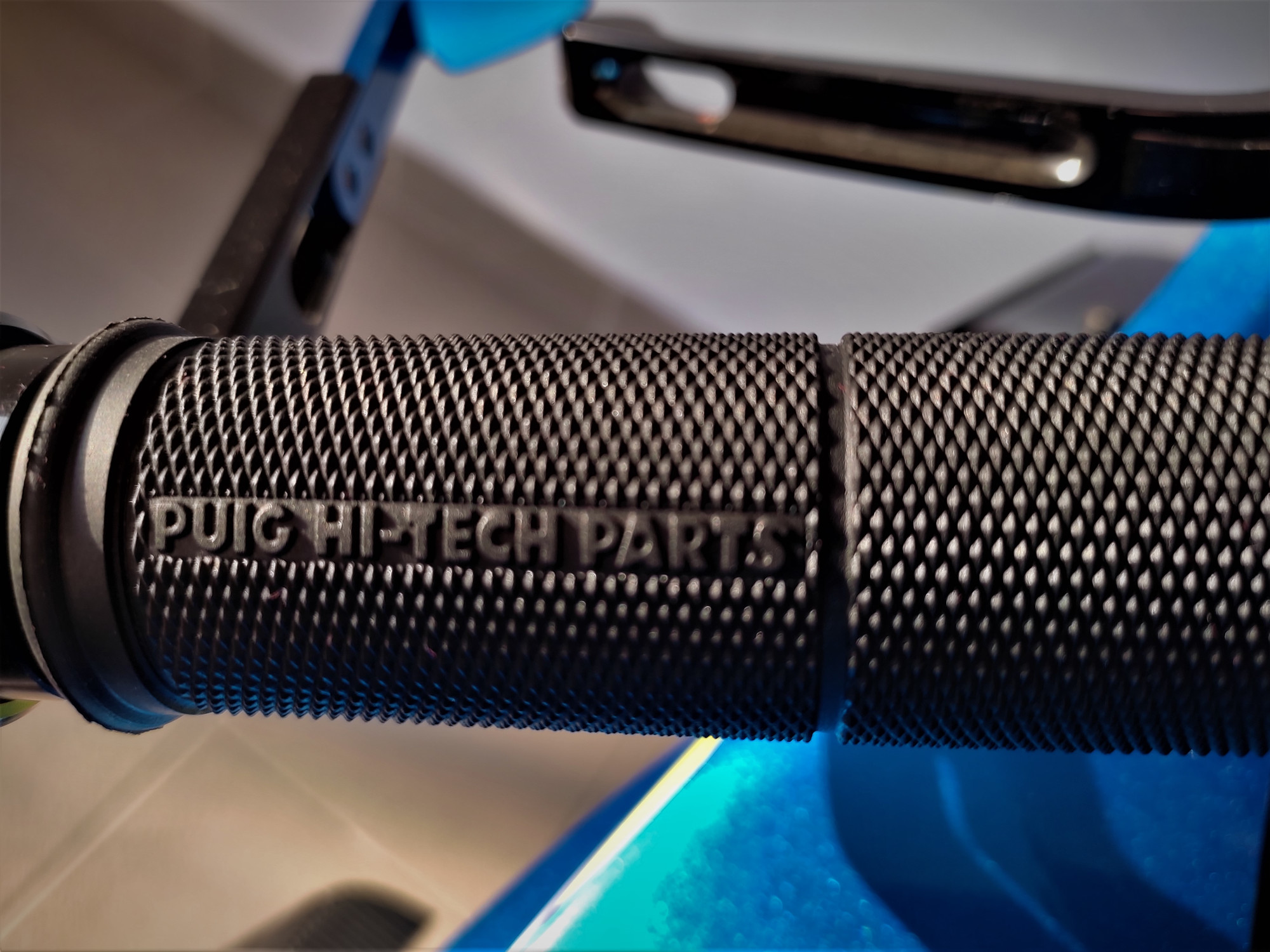SUZUKI GSX R 1000 L7
Suzuki was founded in 1909. by Michio Suzuki, the son of cotton grower. In 1920., the company entered the stock exchange, and during this period, the most famous export product of Suzuki was linen and fabrics. The Japanese have not yet discovered their talent for making motorcycles. The braider they produced were of exceptional quality and did not have to be changed frequently. Therefore there was a fall in demand for them, and in Suzuki they knew that it was necessary to turn to new markets.
Before the Second World War, a very small number of companies in Japan were engaged in the production of motorcycles. It began to change in 1947., when Soichiro Honda introduced his first creation. It was a great path in front of the Japanese, because at that moment they had a big backlog behind Europe and the United States, when the production of motorcycles was in question.
At the very beginning, the Japanese were not as good engineers as they are today, but have mostly copied the design and technical aspects of European and American machines. However, only a few decades after the war were enough for Japan to master the global market for the two-wheelers.
Regarding Suzuki’s beginnings, there is a story that Shunzo Suzuki, the son of the founder, wanted to motorize his bike, so he started working on the design of such a machine. Whether this story was true or not, it was exactly production of motorcycles that saved Suzuki.
When Suzuki’s engineers started working on an engine that could be fitted on a bicycle in 1951., Honda dominated the market, with a share of about 70 percent. The result of the work was an engine of 36 cc of exceptional quality, made according to the idea of Shunzo Suzuki. Success and innovation is illustrated by the fact that the Office of Patents granted subsidies to the company, so the work on the further development of this unit could be continued. In 1953. a new unit arrived, largely based on its predecessor, with a volume of 58 cc and a maximum of 2 HP at 4000 rpm. 1954. marks the beginning of the production of motorcycles in the true sense of the word, and not anymore bicycles with built-in engines. That same year, Mini Fri, a moped with an engine of 50 cc, was sold as a complete machine. Mini Fri was produced until 1958., when it was replaced by Suzumoped. In 1954., Koleda CO was introduced, as a one-cylinder four-stroke machine that was considered by many as the first true Suzuki motorcycle. In 1956., Suzuki engineers began developing a brand new machine named TT, with a powerful specification (maximum speed of 145 km / h), which proved to be much better than other similar motorcycles on the market. It was considered to be extremely advanced, primarily due to the four-speed transmission and the direction change indicators. By the end of the second half of the fifties, Suzuki offered motorcycles with engines of 50, 125 and 250 cc.
Suzuki continued to grow and develop, and in 1963. a branch in Los Angeles was opened to sell its products on the US market. Sure of themselves, Suzuki decided to try luck in the motocross Grand Prix, where they did not succeed. Motorcycles proved to be fast, but they had poor control characteristics. The engineers made the necessary changes, so Suzuki returned to the European motocross championship in 1966. with moderate success.
In 1967., as already a reputable brand, Suzuki launched the T500 model, also known as “Cobra” (in England) and “Titan” in the United States. The motorcycle had a two-stroke engine with 500 cc, which was credited for excellent handling characteristics and in many ways contributed to its popularity. Its name changed during the year, and in 1977. serial production ended up under the name GT500.
It was evident that Suzuki’s two-stroke engines were its driving force, both on track and outside. In the 1970’s, the company entered with another factory in Japan’s Toyama, which produced two-stroke machines with engines of small volume.
It can be said, however, that power and speed are a synonym for Suzuki. First gamma of four-stroke motorcycles was introduced in 1976. The first model of this category was the GS400, which was soon followed by the GS750. Two years later, the GS850G and GS1000S, popularly called KATANA, were introduced. It was the Suzuki’s top model, equipped with all the solutions transferred from the racing track. The only fault was his gloomy look. It was followed by GSX1000 and GSX1100 in 1982. They were distinguished by good performance and affordable price. In 1982., the XN85 was introduced, as the first superbike with a turbocharger.
In 1988., Kevin Schwantz with Yoshimura Suzuki won the Daytona 200, and in 1989., Jamie James won the Superbike Championship on the same motorcycle. Following this model, the GSX-R600 and GSX-R1100 were also presented. This series of motorcycles dictated the future look of racing engines. During the 1990’s, Suzuki won the majority of motorcycle championships, and then came the 1999. The year that features the fastest serial motorcycle – GSX 1300-R Hayabusa. With a speed of 307 km/h, Honda XX was removed from the throne.
The text above is in fact the basis of the story we want to tell. In this introductory part, it is certainly unnecessary to explain why the GSX-R is included in our offer of modern classics. This line, which goes back to 1984. and the first model, is perhaps the most respected and most famous super sport line of motorcycles. We decided to go with the L7 model because with this model, Suzuki made perhaps the biggest leap compared to its predecessor.
After about a decade of stagnation, the GSX-R 1000 returns to the very top of the royal street bike class with this model. This model is scattered with 202 hp, and at the same time it is very driveable – You will feel it when You try it ( it has 17 hp more and 3 kg less than its predecessor).
The completely new unit has a larger bore and shorter stroke, but also a specific system of variable valve control, which is unusually simple and is based on the use of centrifugal force. It is practically a four-cylinder in-line unit with a volume of 999.8 ccm, with the technology of variable valve opening time (Suzuki Racing Variable Valve Timing SR-VVT), which has been affirmed in the racing versions of this manufacturer. In addition, it has a specific design of suction channels, which partly simulate the operation of suction channels of variable length, but without the complications that this solution usually brings.
The GSX-R 1000 also has a completely new frame, which is more compact than the previous one, but at the same time the rear fork is significantly longer, thus increasing the wheelbase. The front brake is now supplied by Brembo, and the bodywork is not only significantly more attractive, but also more aerodynamic. The attractive headlight is in LED technology, while the instruments are completely digital.
When the line is drawn, the GSX-R 1000 delivers 202 hp at 13,200 rpm and weighs the same number of kg with the ABS version. Of course, not everything stops with ABS, so the new GSX-R is equipped with the most modern traction control system. In any case, the new GSX-R 1000 is full of interesting technical details, but when driving it, everything we wrote becomes tertiary – all that remains is a sigh and disbelief – is it possible that something like this exists.
We will add that this motorcycle is designed and built from scratch and uses technology developed for multiple winners of MotoGP competitions – motorcycles from the GSX-RR family. Knowledge from the MotoGP competition has also helped in the development of a comprehensive electronic package, which consists of a new inertial measurement unit, traction control ( with 10 operating modes ) and a system to prevent wheel lock during braking ( ABS ).
We additionally decorated our model with all the accessories that “Puig” could offer at this moment. We think that “Puig” accessories are the most suitable for decorating this ultimate super sport model.
We will conclude our “Suzuki GSX R 1000” story with the assessment that there is no competitor who has formed such a good price-quality ratio as Suzuki did with this model. Therefore, we present the “Suzuki GSX R 1000 L7”. Manufactured in 2017. Through pictures and specifications, enjoy the offered model.
| Model | Suzuki GSX R 1000 L7 |
| Year | 2017 |
| Category | Super Sport |
| Displacement | 1000 ccm |
| Engine type | In-line four, four stroke |
| Power | 149 kW / 202 HP |
| Top speed | 299 km/h |
| Bore x stroke | 76 x 55,1 mm |
| Fuel control | DOHC |
| Cooling system | Liquid |
| Gearbox | 6 speed |
| Transmission type, final drive | Chain |
| Front tyre | 120/70ZR17M/C |
| Rear tyre | 190/55ZR17M/C |
| Front brakes | Dual disc |
| Rear brakes | Single disc |
| Weight incl. oil, gas, etc. | 201 kg |
| Fuel capacity | 16l |
| Mileage | 13.490 km |
| Price | 14.490 EUR |
moto-raven.com © 2025

